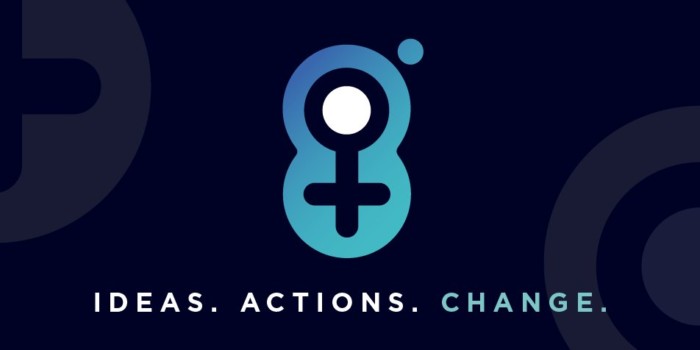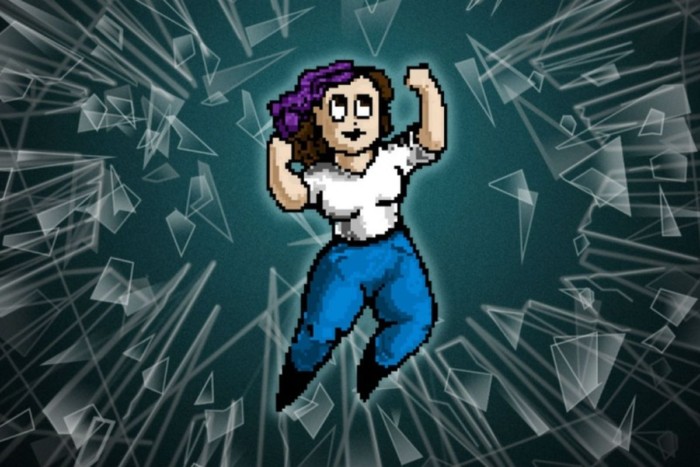The girls behind the games
Issues with diversity in video games has always been a subject of great contention, and rightfully so. You don’t have to look very far to see that the industry, particularly the larger ‘triple A’ companies, certainly fall short of mirroring their consumers. This disconnect between consumer and creator calls attention to the equally fractured lack of representation within the industry itself. Women are rarely represented as part of the computing or gaming demographic, even rarer are BAME and/or LGBTQ+ women. According to the recently published IGDA Developer Satisfaction Survey of 2017, despite the fact that 47% of gamers are women, they only make up 22% of the industry workforce. This shocking comparison was highlighted in the recent #GirlsBehindTheGames twitter trend that hoped to highlight the spectrum of women working across the industry and as well as the lack of recognition that they receive due to this clear representation crisis.
The crisis only worsens when looking at BAME and LBGTQ+ women, evident by the fact that statistical breakdowns are far scarcer. According to the Nielsen 360° Gaming Report, among American LGBT gamers, 65% feel that video games do not adequately represent all sexual orientations. Taking a look at feature documentary Gaming in Colour (2014) as well as Anna Anthropy’s book/critical essay/manifesto Rise of the Videogame Zinesters (2012) we can see that independent and freelance LGBTQ+ women have been carving their own place in gaming history where the wider industry has fallen flat. Indie gaming companies and indie gamers have been responsible for pushing the new wave of diverse and inclusive storylines that have finally started to creep into AAA narratives.

Image: Twitter/ G into Gaming
The presence of excellent games such as Butterfly Soup, which features a queer Indian woman as the protagonist, we can see that there are plenty of wonderful and capable creators who are already making compelling games within the industry. It is perhaps, however, larger companies’ responsibility to keep up with this demand and follow suit. The fact is that indie game developers don’t get as much recognition, and many can not live entirely of the earnings that they make off their games, if they make anything. So perhaps this issue of diversity rather calls for a major shift in the shape of the industry in its entirety. As much as one would want the larger companies to take active action on the issue as well, as this would give movement to inclusivity a great deal more momentum, this may also have the effect of discrediting the work that indie developers have already laid down, continuing the ‘trend’ of marginalised creators being left unrecognised for their work.
Trends such as #GirlsBehindTheGames truly demonstrate the importance of recognising and showcasing the women who are paving their way in the industry despite the many obstacles that they may have been confronted with
As creators and consumers, we must reflect on what recent statistics have said about the shocking diversity problem that the gaming industry is still battling with. Nevertheless, as much the clearest and most rational response would be to call for change in the greater industry, we must also credit the smaller parts of the industry which these statistics don’t reflect, and whom have already began changing the face of the typical game developer. Trends such as #GirlsBehindTheGames truly demonstrate the importance of recognising and showcasing the women who are paving their way in the industry despite the many obstacles that they may have been confronted with. Equally we must recognise that even independent game developers still have a long way to go in representing the full spectrum of women – particularly queer women, women of colour and women with disabilities. We must also recognise that the larger companies and major consumers of video games are responsible for the obstacles that are limiting the success of these women in the industry.

Image: Taylor and Francis group
Books such as Women in Game Development reveal the industry’s bias and hostility towards creative women. The most telling encounter is Rebecca Ann Heineman’s experience as a transgender woman, who transitioned whilst working with Electronic Arts. She noted that “Somehow, by having a female name, the perception of my IQ dropped by 40 points overnight.” Showcasing what we already knew about the male-dominated programming industry, she notes a distinct and alienating difference in treatment as a transgender woman in the industry. Whether or not this can be proven to be true of most companies is irrelevant in many ways, as the reputation of the gaming industry is so exclusionary that many women are intimidated by it without even giving the career prospect a chance. This is something that only the industry, and community in turn, can change. Indie game developers and creative women and non-binary people are already making grounds in this, they’re just waiting for the rest of the industry to follow suit.

Comments